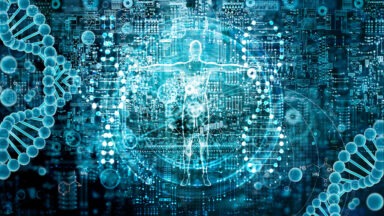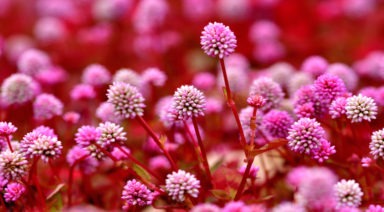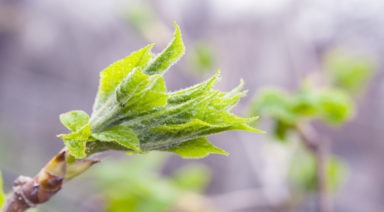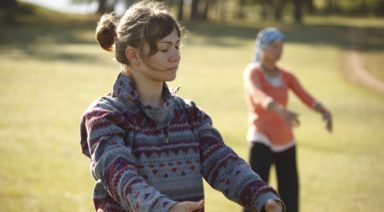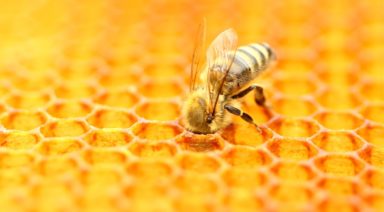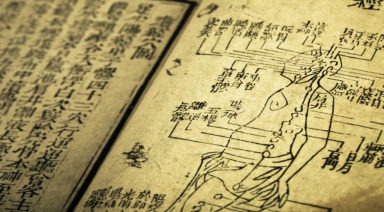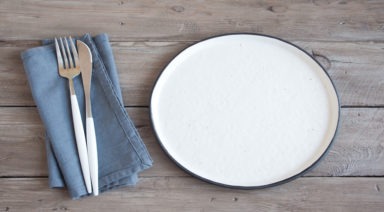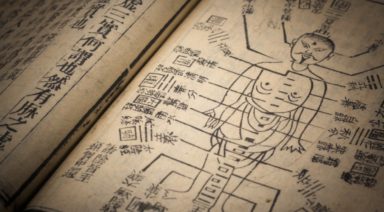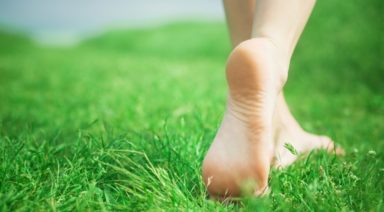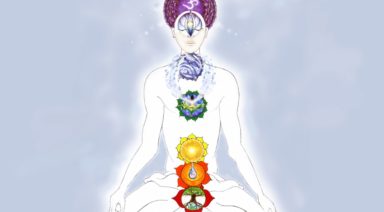Antibiotic-Resistant Superbugs No Match for Ancient Irish Soil

Researchers studying the properties of a particular soil in Ireland found it effectively treated four of the top six antibiotic-resistant superbugs scientists estimate could lead to millions of deaths in coming years — a problem the World Health Organization described as “‘one of the biggest threats to global health, food security, and development today.” And as it just so happens, the location of this soil was once home to the legendary, ancient Druids.
This “new” strain of bacteria found in the townland of Toneel North in Boho, County Fermanagh was given the name Streptomyces sp. myrophorea, though its potent medicinal properties have been known to locals for some time, and likely to those inhabiting the area as far back as 4,000 years ago.
Before discovering its profound antibiotic properties, scientists considered the soil to be an ethnopharmacological medicine, a.k.a. a folk cure – something locals swore by, but of which nothing was known by mainstream medicine. And now that its curative functions have been officially documented, the science community may start to shift its outlook toward similar folk cures.
“Our results show that folklore and traditional medicines are worth investigating in the search for new antibiotics. Scientists, historians and archaeologists can all have something to contribute to this task. It seems that part of the answer to this very modern problem might lie in the wisdom of the past,” one of the paper’s co-authors, Prof. Paul Dyson of Swansea University, said.
The antibiotic properties of the soil were found to treat bacteria including:
- Acinetobacter baumannii
- Enterococcus faecium
- Staphylococcus aureus (MRSA)
- Klebsiella pneumoniae
Locals have long used the dirt to treat toothaches and other infections by placing soil wrapped in cloth by their heads or near an infection at bedtime. The soil would be left for nine nights before returning it to where it was originally found — a seemingly superstitious remedy the average scientist might have scoffed at in the past.
Researchers involved in the study said they found documentation of the soil’s therapeutic properties dating back to 1815, though they recognized it was an area once home to the storied Druids. It was even a significant place for Neolithic people living in the area centuries prior — the same people who created the fascinating engravings on the megalithic Reyfad Stones.
The precise mechanisms behind the soil’s treatment of these superbugs is still unclear, though scientists are working quickly to find them, while also seeing what other bugs and ailments it could be effective against.
“We will now concentrate on the purification and identification of these antibiotics. We have also discovered additional antibacterial organisms from the same soil cure which may cover a broader spectrum of multi-resistant pathogens,” Dyson said.
And now that this discovery, once thought tantamount to an old wives’ remedy, has heralded a major lifesaving scientific breakthrough, maybe scientists will pay more attention to the millennia-old wisdom of eastern and alternative medicines.
Learn more about antibiotic-resistant superbugs and potential remedies in the documentary Resistance:
Scientists Finally Finished Mapping the Human Genome

Scientists announce they have finally completed the map of the entire human genome. Will the information contained within unlock our true potential for health and wellbeing, or is there another more expansive perspective on the role genes play in our lives?
After decades of research, scientists have recently announced the completion of the human genome, what some call “the genetic instruction book.” Widely used for guiding biomedical research, many experts herald this as a crowning achievement in the field.
Dr. Bruce Lipton is a cellular biologist and a pioneer in the field of epigenetics, which takes a comprehensive, cutting-edge approach to the understanding of our relationship to our genes.
“Most people are really excited about the fact that the human genome has been deciphered; they’ve identified how many genes are in the human genome,” Lipton said. “The original reason for the human genome was, it was thought the genes control all the characteristics of our life and therefore if I had a compendium of all the genes I could fix anybody who has a characteristic they want to change. Francis Crick, one of the cofounders of the story, came up with something called “the central dogma,” the belief that genes are the source of biological information.
“They’re translated into another form of nucleic acid called RNA. So, DNA goes into RNA which is like a xeroxed copy of the DNA, and then the RNA is used as a template to make the proteins of the body,” he said. “According to the central dogma, information only flows in one way — it flows from the DNA to the RNA to the protein. This led to an understanding called ‘genetic determinism.’ Genetic determinism is the belief that the genetic blueprint of your life is carried by the DNA that you inherited at the moment of conception.”


